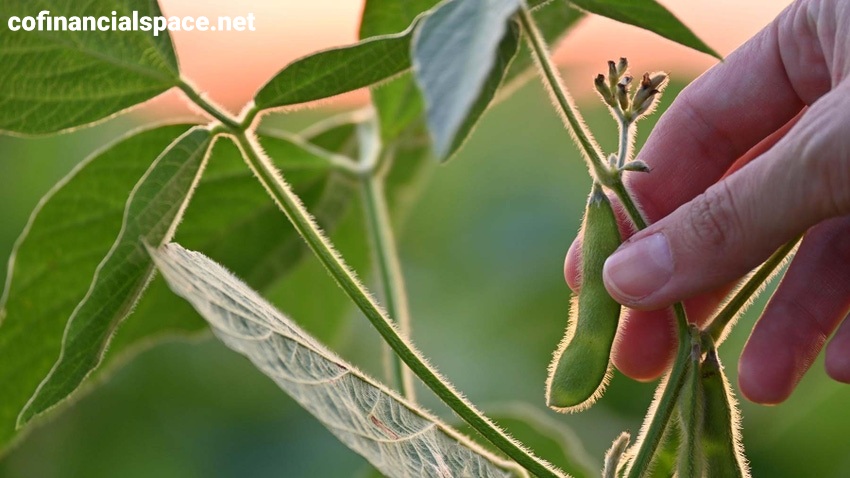
30 mars 2023
According to a recent survey by Farm Futures, farmers in the United States are opting for more drought-resistant crops this spring due to depleted soil moisture levels, as well as steep input costs. As a result, the survey found that 2023 corn acreage is expected to decrease by 1.1% year-over-year to 87.7 million acres. Soybean acreage, on the other hand, is projected to increase by 2.5% to 89.6 million acres, with a record-setting soybean harvest expected.
The survey, which received responses from 801 growers across the continental U.S., also found that sorghum will see a substantial acreage boost this year on the Plains, with Farm Futures forecasting a 35% annual increase to 8.5 million acres. Cotton acres, however, declined by 15% on the year to 11.6 million acres, likely reflecting low market prices and soaring input costs.
Meanwhile, the market is bidding up rice acres, with Farm Futures projecting a 21% annual increase in rice acres that will rise to 5.4 million acres in 2023. Total wheat acres are projected to be 45.7 million acres (+0.01% YoY), but poor winter wheat crops may be disced and replanted.
Producers on the Plains may opt for more drought-resistant crops in the coming weeks that can guarantee adequate forage needs for the remaining livestock as farmers juggle ongoing drought conditions through the spring planting season, shrinking cattle herds, and growing expenses. Sorghum will likely be a cheaper and less risky option for drought-stressed growers in the Plains, especially if spring rains are sufficient enough to justify discing in subpar winter wheat acreage for adequate feed forage this year.
If the Farm Futures projections are realized, it will be only the third time in history (1983 and 2018) in which planted corn acres are lower than soybean acres. The smaller acreage forecast will pay dividends for growers who have already invested heavily in planting this year's crop, but it could have price implications for corn producers in the long run. Farm Futures' supply and demand estimates for 2023 U.S. corn production hint at even tighter corn supplies amid the smaller acreage. The drought concerns could negatively impact yields down the road, which led the Farm Futures team to use a trendline yield calculation of 177.6 bushels per acre for their projections.
Farm Futures survey respondents on the Plains showed the highest chance of abandoning corn acres in 2023, while the I-state corridor and Eastern Corn Belt are likely to remain steady in their rotations this year. Over 89% of respondents did not anticipate significantly deviating from 2022 crop rotations. Just shy of 11% of growers report having flexibility to change 50% or more of their acreage annually, based on market conditions.
In conclusion, this year's growing season is shaping up to be a challenging one for farmers in the U.S. due to high input costs and ongoing drought conditions. However, farmers are adapting by shifting to more drought-resistant crops, such as soybeans and sorghum. While this may pay off in the short term, there could be long-term price implications for corn producers if the smaller acreage projections lead to tighter corn supplies